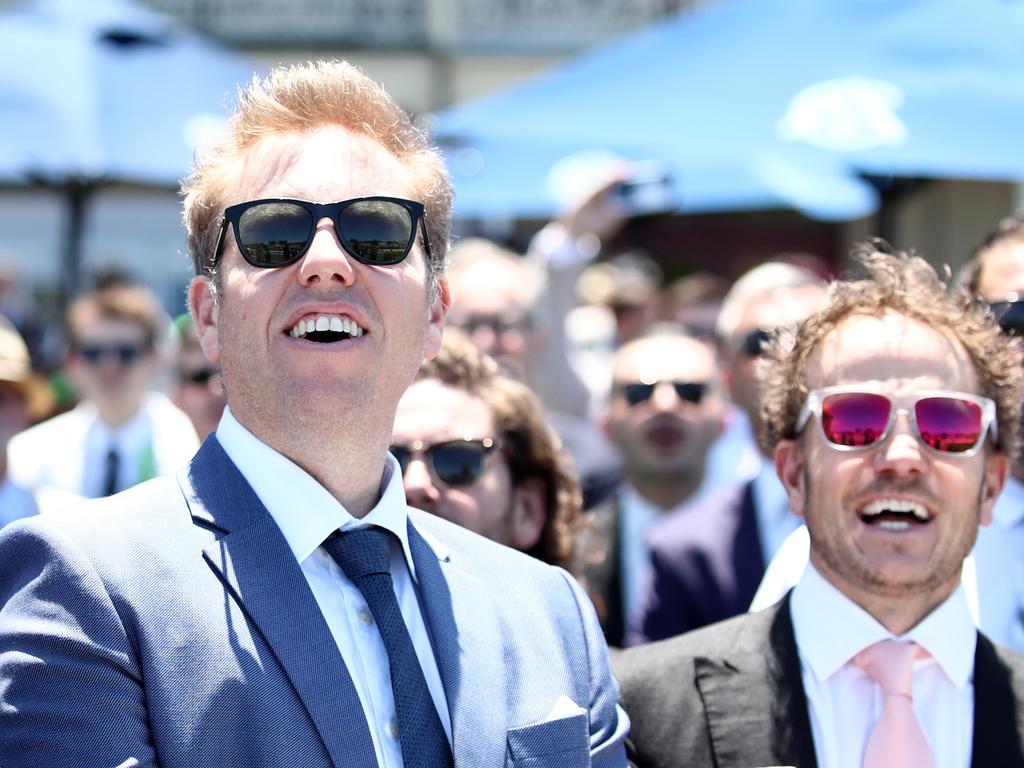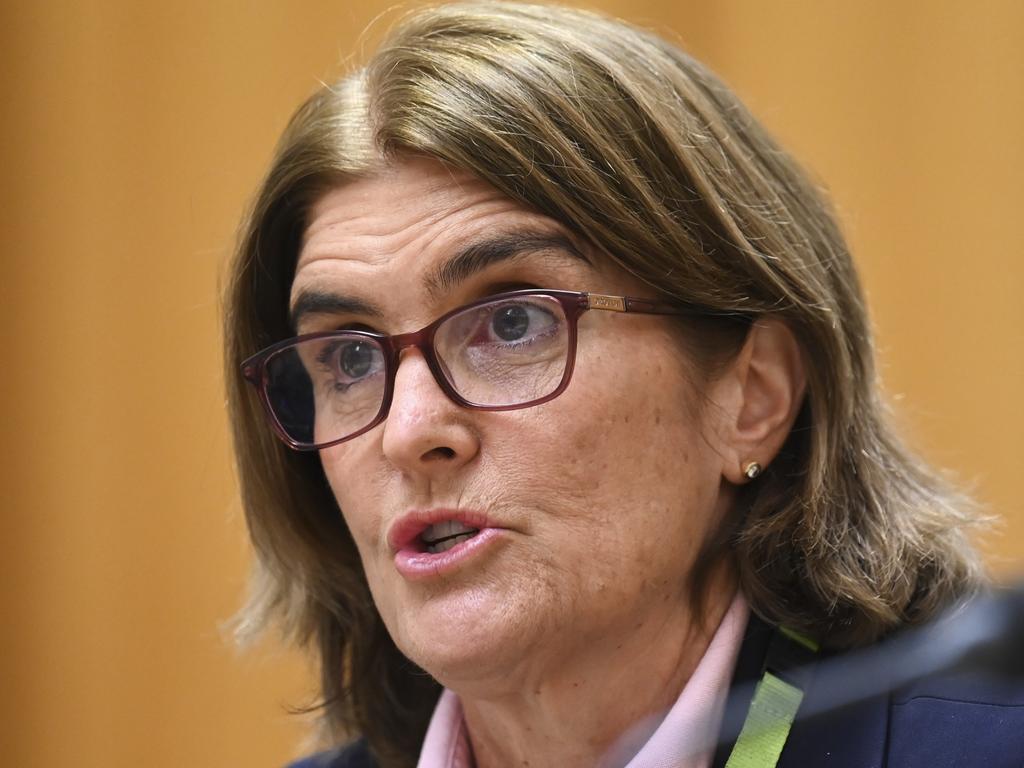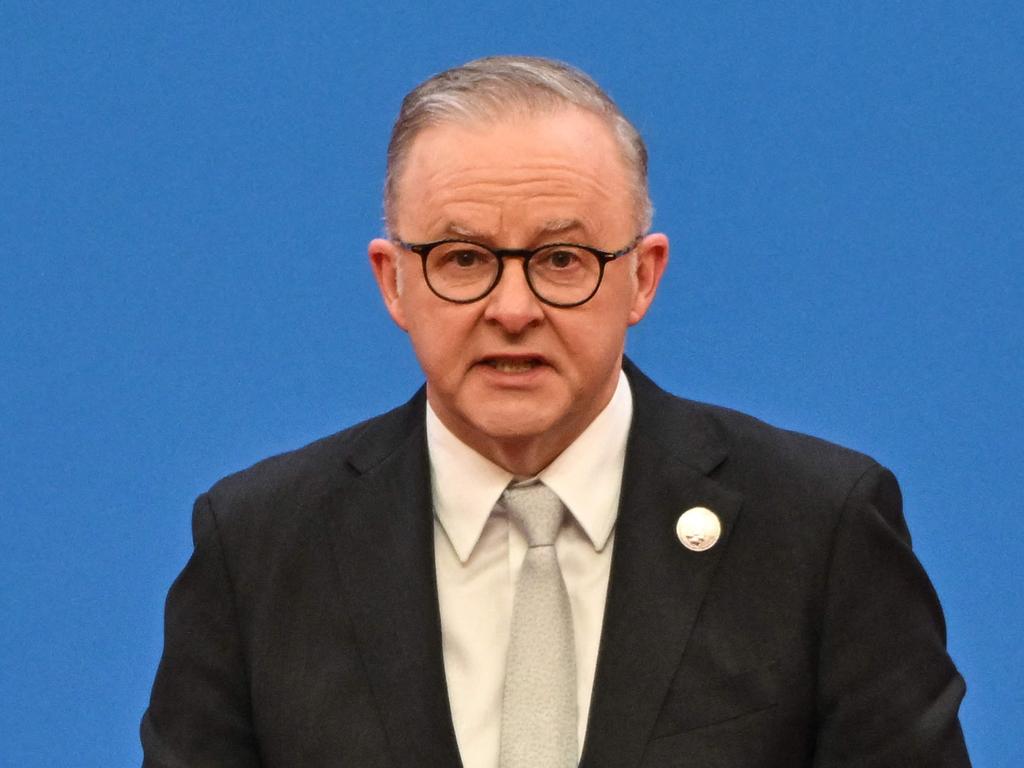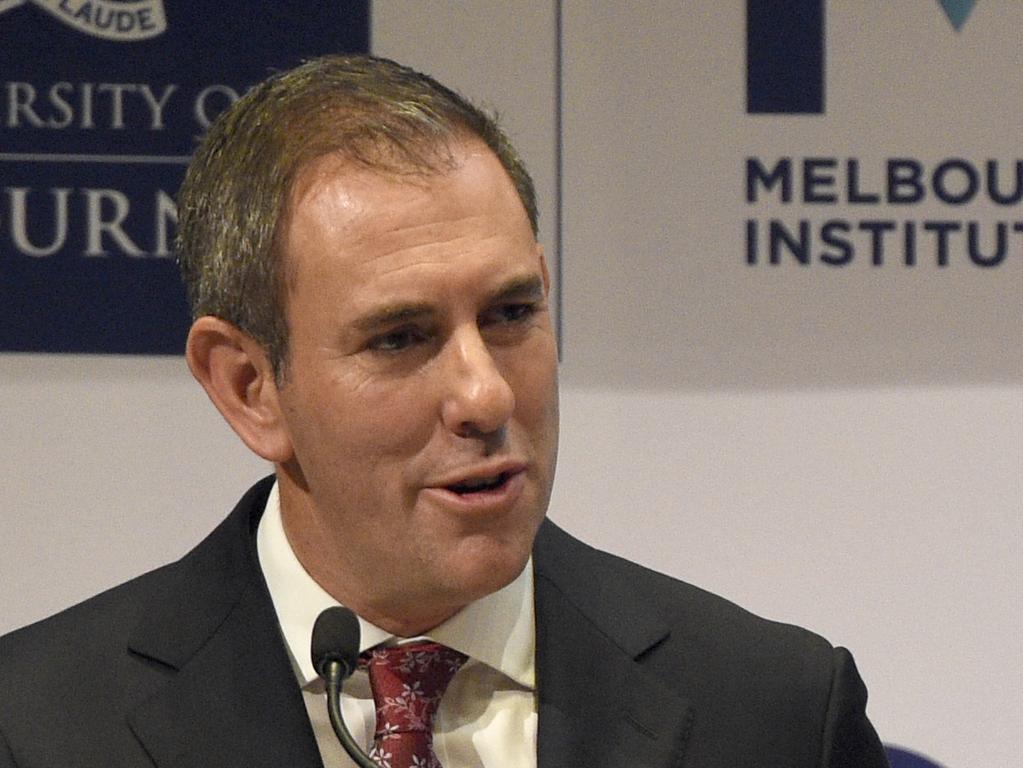Batting on: RBA up to 13 not out on interest rate rises
Michele Bullock has signalled that interest rates may still have to go higher after hitting battling mortgage holders with an unlucky 13th hike on Melbourne Cup day.

Reserve Bank governor Michele Bullock has declared the battle against inflation is not yet won, signalling that interest rates may have to go higher after hitting battling mortgage holders with an unlucky 13th hike on Melbourne Cup day.
The lift in the cash rate from 4.1 per cent to 4.35 per cent will add $114 to the monthly interest bill on a $750,000 home loan, bringing the total increase since the RBA began hiking in May last year to $1815 per month, according to RateCity.
Homeowners with a mortgage of that size will have to find room for an extra $22,000 annually in family budgets, which are already stretched by substantially higher costs of living.
In a statement accompanying the decision, Ms Bullock recognised the “painful squeeze” many households were feeling, but said the board ultimately “judged an increase in interest rates was warranted today to be more assured that inflation would return to target in a reasonable time frame”.
With Christmas looming, Ms Bullock also flagged interest rates might need to climb still higher.
“The board remains resolute in its determination to return inflation to target and will do what is necessary to achieve that outcome,” she said. “Whether further tightening of monetary policy is required to ensure that inflation returns to target in a reasonable time frame will depend upon the data and the evolving assessment of risks,” she said.
Jim Chalmers, immediately following the announcement, said “this is a difficult day for people with a mortgage”.
“We do understand that Australians are already under substantial pressure in their household budgets, and this will tighten the screws further,” the Treasurer said.

“Inflation has moderated in our economy since those peaks that we saw last year, and our economy has slowed. But inflation is still a feature of our economy. And inflation has been persistent in recent months as the Reserve Bank has identified.”
“We are doing our bit as a government when it comes to addressing this inflation challenge, rolling out cost-of-living relief in a way that puts downward pressure on inflation, rather than add to our inflation challenge.”
The RBA had held fire on raising rates for four months as it waited for more information on how the previous dozen increases were feeding through to growth, jobs, inflation and spending.
Justifying the board’s decision, Ms Bullock said: “Inflation in Australia has passed its peak but is still too high and is proving more persistent than expected a few months ago.”
A string of data over recent weeks suggested the economy was proving resilient to the rate hikes delivered from May last year, including an unemployment rate of 3.6 per cent that has barely budged from near 50-year lows.
“Since its August meeting, the board has received updated information on inflation, the labour market, economic activity and the revised set of forecasts,” Ms Bullock said.
“The weight of this information suggests that the risk of inflation remaining higher for longer has increased.”
A hot consumer price index report for the September quarter since the last RBA board meeting, alongside a surprise reacceleration in retail spending, had made a 13th hike virtually inevitable, economists had said.
Additionally, a 10 per cent bounce in residential property prices since February has returned home values back to their extraordinary pandemic peaks and underlined that monetary policy was not tight enough.
Analysts detected some softening in Ms Bullock’s language about the potential for another rate hike, however, and said any potential move was more likely to come in February, rather than at next month’s meeting.
Westpac chief economist Luci Ellis said: “Follow-up increases in rates are far from assured.”
Dr Ellis interpreted the RBA governor’s statement as “the board hoping not to have to raise rates again, but being very willing to do so if things change”.
While the consensus among economists had been for a rate rise, opinion was more divided on whether hitting borrowers again was justified.
Deloitte Access Economics partner Stephen Smith branded Tuesday’s move “the rate rise the Australian economy didn’t need”.
Mr Smith argued that the recent drivers of inflation were higher petrol prices and rents, neither of which would be affected by higher interest rates.
“There isn’t enough evidence to suggest the uptick in inflation is here to stay, or that lifting interest rates is the right way to fix the problem,” Mr Smith said.
“It is hard to see what a November rate hike achieves other than making it harder for Australians to pay their mortgage in the lead-up to Christmas.”
The decision was badly received by industry groups in sectors exposed to climbing borrowing costs and falling spending.
The Housing Industry Association branded the hike as unnecessary, saying the boom in migration was masking the impact of high interest rates and was “distorting the RBA’s decision making”. The Australian Retailers Association said the rise would heap more pain on a sector already under “enormous” pressure in the lead up to the Christmas trading period.
Ahead of the release of a full updated set of economic forecasts on Friday, Ms Bullock said consumer price growth was now expected to fall from 5.4 per cent in September to about 3.5 per cent by the end of 2024, slightly higher than the previous estimate of 3.3 per cent.
Tuesday’s rate rise allowed the RBA’s economists to keep expectations for inflation to have dropped back into the central bank’s 2-3 per cent target by the end of 2025. There was also better news for the labour market outlook, with the RBA predicting unemployment would peak at 4.25 per cent, rather than 4.5 per cent, as the economy slowed.
Ms Bullock emphasised that there were “significant uncertainties around the outlook”, including the lag in the effect of monetary policy.








To join the conversation, please log in. Don't have an account? Register
Join the conversation, you are commenting as Logout